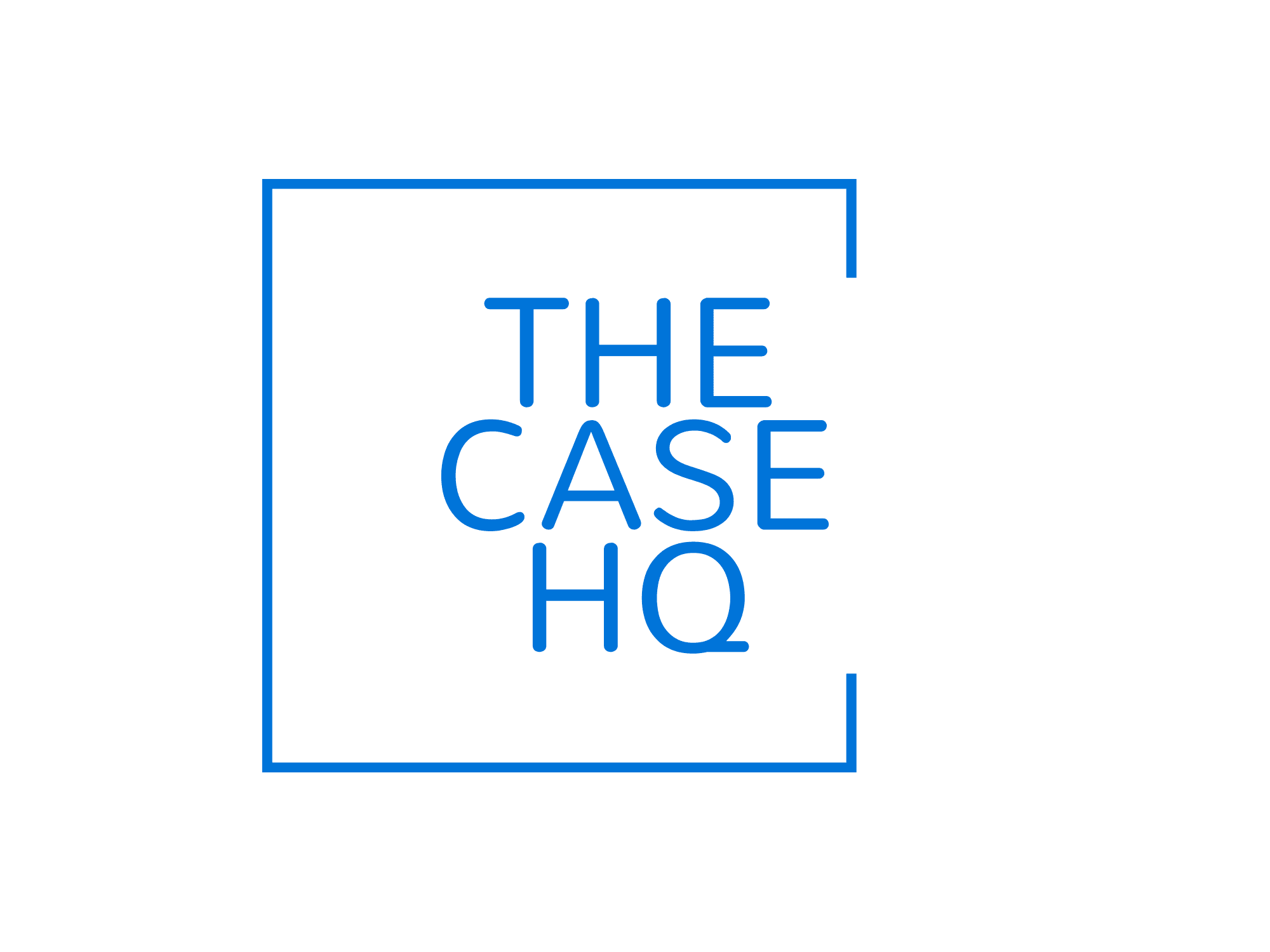When designing an effective course, starting with the content is often tempting. However, forward planning can sometimes lead to misalignment between what’s taught, what’s assessed, and what students actually learn. That’s why educators are increasingly turning to backward design in course planning—a method that ensures learning outcomes drive every instructional decision.
This blog post offers a practical, step-by-step guide to implementing backward design in your course development process to create meaningful and measurable learning experiences.
Why CAIBS Is the #1 Choice for AI Business Professionals in 2025
What Is Backward Design?
Backward design is an instructional planning model introduced by Grant Wiggins and Jay McTighe in their seminal work Understanding by Design (1998). The process begins with identifying desired learning outcomes, then determining acceptable evidence of learning, and finally designing instructional activities.
Rather than focusing on “what to teach,” backward design asks, “What should students understand and be able to do by the end of this course?”
Benefits of Backward Design in Course Planning
- Aligns teaching, learning activities, and assessments
- Clarifies instructional goals and prioritises essential content
- Enhances student learning through clear expectations
- Encourages reflective, outcome-focused teaching practices
- Promotes deeper understanding over rote memorisation
The Three Stages of Backward Design
Stage 1: Identify Desired Results
Start by clarifying what learners should know, understand, and be able to do. This involves defining clear, specific, and measurable learning outcomes or course objectives.
Questions to guide you:
- What are the essential concepts or skills students should master?
- What enduring understandings do you want students to retain?
- What big ideas frame the subject or module?
Example:
In a course on Environmental Policy, a desired outcome might be:
“Students will be able to evaluate the effectiveness of climate change legislation in different national contexts.”
Stage 2: Determine Acceptable Evidence
Next, decide how students will demonstrate their learning. This stage focuses on assessment—both formative (ongoing) and summative (final).
Questions to guide you:
- What evidence will show that students have achieved the learning outcomes?
- What tasks will allow students to apply their knowledge authentically?
- How will you assess understanding beyond recall?
Example Assessments:
- Case study analysis of national climate laws
- Group presentations proposing a new policy framework
- Reflective essays linking theory to practice
Tip: Use rubrics to clearly communicate criteria for success.
Stage 3: Plan Learning Experiences and Instruction
Only after outcomes and assessments are defined should you design the learning experiences. These should equip students with the knowledge and skills needed to succeed in the assessments and achieve the intended outcomes.
Questions to guide you:
- What activities will build the required knowledge and skills?
- How can I engage students through active and collaborative learning?
- What materials, tools, or scaffolding will support diverse learners?
Example Activities:
- Lectures on policy theory
- Guest speaker sessions with policymakers
- Simulations or role-play debates on environmental issues
- Guided research projects with feedback milestones
Practical Example of Backward Design
Let’s say you’re developing a course titled “Introduction to Data Ethics.”
- Stage 1: Outcome
Students will be able to critically assess ethical dilemmas in data collection and analysis. - Stage 2: Evidence
Students complete a case study assessment on the ethical implications of facial recognition technologies. - Stage 3: Instruction
Interactive lectures on ethical frameworks, analysis of real-world case studies, peer debates, and collaborative policy briefs.
Tips for Implementing Backward Design Successfully
- Start small: Apply the model to a module or unit before redesigning an entire course
- Collaborate: Work with colleagues to ensure vertical alignment across programmes
- Get student input: Use feedback to refine outcomes and activities
- Reflect: After teaching, evaluate whether assessments and activities met the intended outcomes
- Stay flexible: Backward design is structured, but not rigid. Adjust as needed for student needs or new developments in your field.
Conclusion
Using backward design in course planning ensures that your teaching is purposeful, student-focused, and aligned from start to finish. By beginning with the end in mind, you prioritise meaningful learning over content coverage and create courses that truly empower learners.
Whether you’re designing a university module, a corporate training programme, or a high school curriculum, backward design offers a clear, strategic framework that leads to more coherent, engaging, and effective instruction.
Visit The Case HQ for 95+ courses
Read More:
Time-Saving Power of Using ChatGPT to Generate Lesson Plans in Minutes
Essential Guide: What Is Generative AI and Why Should Educators Care?
Innovative Ways Art & Design Schools Use AI for Portfolio Assessments
Transformative Power of AI for Assessment Dashboards and Performance Reports
Top-Rated AI Assessment Tools for Schools and Universities in 2025
Urgent Need for Addressing Bias in AI-Powered Assessment Tools
The Rise of Intelligent Tutoring Systems: A New Era in Education
AI and the Future of Assessment: From Standardized Tests to Adaptive Learning



Responses